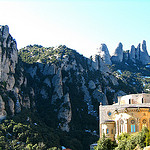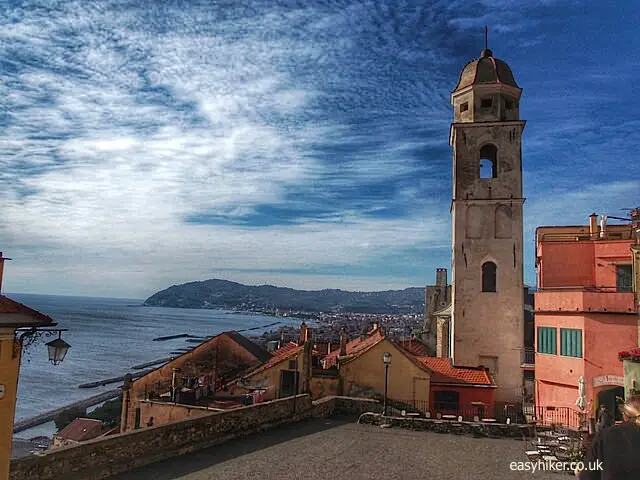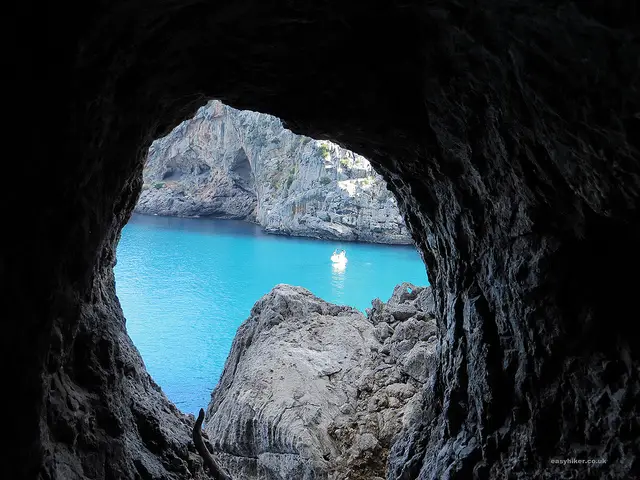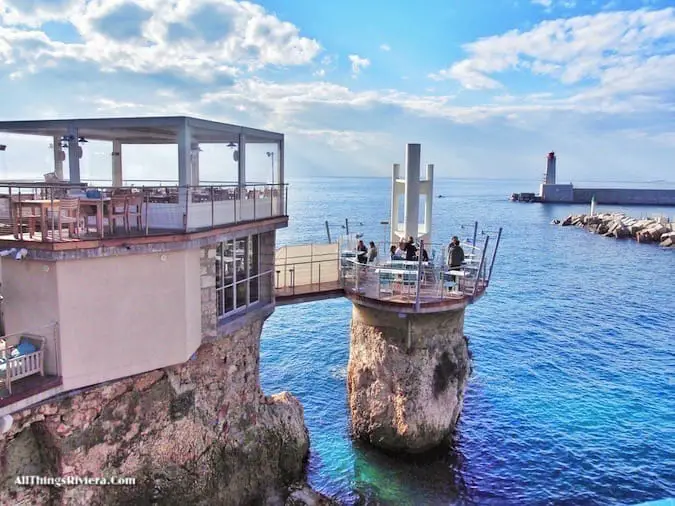Germany is a country rich in history and natural beauty, but it does not get the number of foreign visitors it deserves.
And what is more: the visitors who do come all gather in the same few places. There are days when you seem to hear more English than German voices in Berlin, the Black Forest and Bavaria. Germany, meanwhile, has more to offer than Checkpoint Charlie, cuckoo clocks and the Oktoberfest.
Take Sachsen-Anhalt, for example. This federal state in central Germany is near, very near the bottom of the country’s tourism pecking order, clocking up one of the lowest number of foreign guests year after year.
Still, as we have found out on our recent trip, Sachsen-Anhalt is full of scenic beauty and fascinating historical sites. You only must know where to go and find them.

History first – which, as it happens, is the more obvious bit. Sachsen-Anhalt, after all, is the state where Martin Luther, the key figure in the history of the Reformation, spent most of his life.
Luther was born in Eisleben in the south of the region, went to school in near-by Mansfeld and later in Magdeburg, but the town mostly associated with his name is Wittenberg, at the time a major political centre and a thriving university town.

Politics have moved on in the 500 years since the era of the Reformation, but the university is still the state’s largest, which is one reason why Wittenberg is well connected to Germany’s road and rail networks.
Wittenberg and the Shot Heard Around the World
We start our walk at the well-served train station of Wittenberg Altstadt. (Most regional trains stop here, but if yours does not, do not despair: Wittenberg central station is only a 15-minute walk away.)
Walk towards the town centre, past the garden on your left hand side, then turn right into Wallstrasse and continue all the way to the Augustineum, nowadays also known as the Luther House.

You are looking at the building where Luther spent more than 35 years. He came to the convent as an unknown monk in 1508 (a mere 4 years after the monastery had been built), but stayed on after the convent was dissolved in the wake of the Reformation and lived here – now a celebrated theologian with a wife, six children and a large following – with his family as well as groups of students.
One of the most fascinating things about this historical walk through the well-preserved old town of Wittenberg is that you will begin to develop a feel for the medieval town’s intellectual micro-climate.
Wittenberg’s university was the pet project of the Prince of Saxony – who was a free spirit and an open-minded liberal by the standards of the late Middle Ages – and must have been a hot bed for new ideas, not only in the field of theology.
This modest well in the courtyard of the Augustineum, for example, also dating back to the 16th century, is easily overlooked …

… but it was, at the time, part of an entirely new and revolutionary municipal utilities network, which connected the town to near-by mountain springs and thus ensured a safe water supply in the dry summer months.
You are also reminded that Luther was not alone and would almost certainly have been encouraged by the presence of men with similar thoughts and theories about the failings of the Church.
This house on the old town’s high street (called Collegienstrasse), for example, which remains virtually unchanged today from the year 1536 when it was built …

… was the home of Philipp Melanchthon, one of the period’s leading classical scholars.
Melanchthon was a tiny guy even by the standards of his time (with a height of less than 1.50 m) and suffered from a slight speech defect, but soon rose to the top of his era’s academic ranks thanks to a razor-sharp intellect and a rousing style of delivery in his lectures.
Melanchthon’s reputation quickly grew to a point where he received several good offers from more renowned and larger universities. This was when and why the Melanchthon House was constructed: it came as a personal gift from the Prince of Saxony, intended to ensure that the scholar would stay in Wittenberg.
And a couple of blocks down from here, opposite the historic City Hall, you can find the Cranach Pharmacy, originally owned by the painter Lucas Cranach, another key figure of Wittenberg’s and the Reformation’s cultural life.

If you now look further down Collegienstrasse, you will already get a good view of the Schlosskirche …

… famous as the place where the Reformation was kicked off in 1517 when Luther nailed his famous 95 Theses (Everything That Is Wrong About The Catholic Church) to the main street portal.

To finish your historical walk on a contemporary note, walk around the far side of the Schlosskirche – literally the “Palace Church” – and the adjacent “Palace”, the residence of the medieval Princes of Saxony, to visit the Luther Gardens …

… where, to commemorate the 500th anniversary of the Reformation, 500 trees – sponsored by Lutheran communities all over the world – were planted in 2017.
If you still have some time before your return train arrives, you can walk back to Collegienstrasse and explore some of the smaller side streets.
Just a few steps away from the throng of visitors, you will already be able to experience a different atmosphere.

Yes, Wittenberg is small. Even by the standards of the late Middle Ages and measured against the centres of the academic world in the 16th century: Paris, Oxford, Vienna, the university and its town must have felt tiny and provincial.
For people who were living in Wittenberg at the time, it would have been hard to believe that this small and remote place, intellectual buzz or not, would have such an impact on the world: that its unique atmosphere of provincialism and (relative) freedom of thought would create the perfect conditions for the birth of the modern world.
And that a shot was going to be fired here which would, eventually, be heard around the world.

Have we whetted your appetite yet to discover more of the parts of Germany you’ve not yet reached, like Wittenberg?
Be sure to get our latest hiking posts in your mail box by subscribing to our feed or by following us on Facebook!






